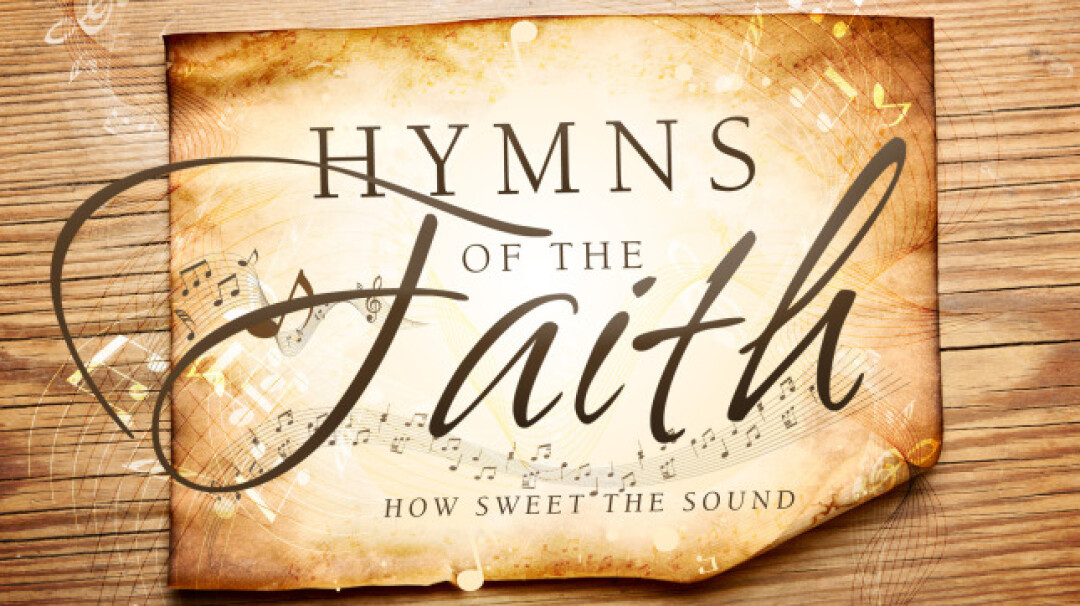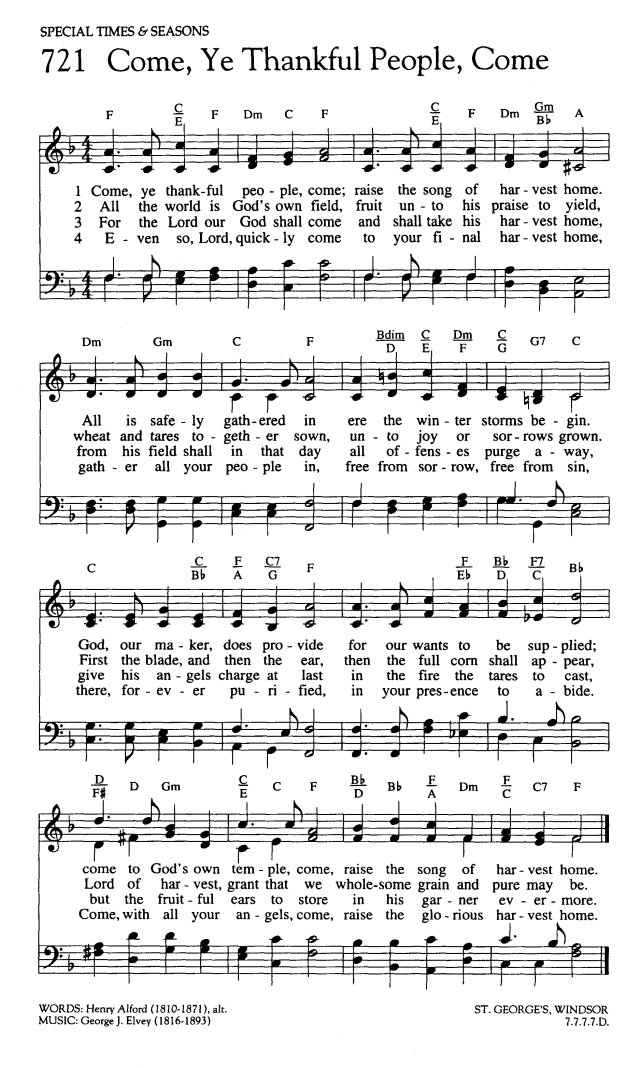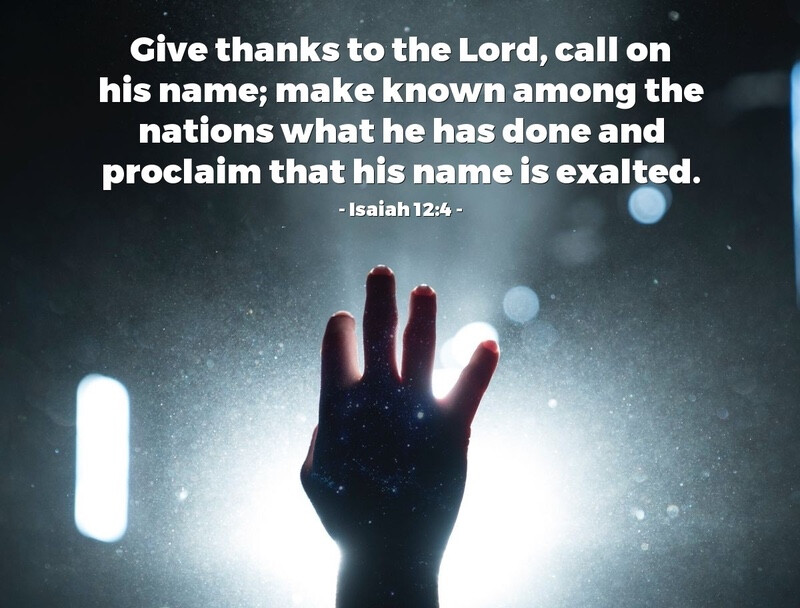

“Come, Ye Thankful People, Come”
by Henry Alford
The United Methodist Hymnal, 694
Come, ye thankful people, come,
Raise the song of harvest home;
All is safely gathered in,
Ere the winter storms begin.
God our Maker doth provide
For our wants to be supplied;
Come to God’s own temple, come,
Raise the song of harvest home.
The Pender UMC Traditional Service Opening Hymn “Come Ye Thankful People, Come” on Thanksgiving Sunday November 20, 2022 was played by Liz Eunji Moon on piano, Teresa Rothschild on clarinet, Brian Stevenson on flute and sung the Pender Sanctuary Choir and congregation.
With the upcoming celebration of Thanksgiving, people in churches, schools, and other events will sing the traditional harvest song, “Come, Ye Thankful People, Come,” by Henry Alford (1810–1871).
Born into a long line of Anglican clergymen, Alford was raised early by his father and later by his uncle, Rev. Samuel Alford, due to his mother’s death during his birth. This instability resulted in his early education being scattered between private tutoring and a variety of schools, but in 1827 he became a scholar at Trinity College where he received all his secondary education (B.A. 1832, M.A. 1835). He was ordained a priest in the Anglican church in 1834, served in the vicarage at Wymeswold in Leicestershire (18 years), at Quebec Street Chapel in Marylebone, London (4 years), and as Dean of the Chapter of the Cathedral of Christ Church, Canterbury, England (14 years).
This hymn first appeared in Alford’s Psalms and Hymns, adapted to the Sundays and Holydays throughout the year (1844). Methodist hymnologist J. Richard Watson details several revisions of the text both by Alford and others, resulting in the author’s final revision in 1868 (Watson, Canterbury Dictionary, n.p.). In this hymn, Alford used traditional language and imagery of the rural community to lend words of thankfulness for God’s provision and to expand upon Matthew 13:24–30:
He put before them another parable: “The kingdom of heaven may be compared to someone who sowed good seed in his field; but while everybody was asleep, an enemy came and sowed weeds among the wheat, and then went away. So when the plants came up and bore grain, then the weeds appeared as well. And the slaves of the householder came and said to him, ‘Master, did you not sow good seed in your field? Where, then, did these weeds come from?’ He answered, ‘An enemy has done this.’ The slaves said to him, ‘Then do you want us to go and gather them?’ But he replied, ‘No; for in gathering the weeds you would uproot the wheat along with them. Let both of them grow together until the harvest; and at harvest time I will tell the reapers, Collect the weeds first and bind them in bundles to be burned, but gather the wheat in my barn.’” (NRSV)
Tom Stewart, in his writing, says:
[The hymn] addresses the common theme of harvest festivals, called in England the Harvest Home, which is celebrated in English churches usually during the month of September. A thanksgiving service would be held in the church, where the bounty of the harvest is collected, displayed with the fall trappings of pumpkins and autumn leaves, and then dispensed to the needy. And, of course, unlike the humanist that is essentially grateful to only himself, a true Harvest Home celebration acknowledges the provision of God, as did the Pilgrims in 1621 and the ancient Hebrews in their Feast of Firstfruits in the spring on the first day after Passover at the time of the barley harvest. (Stewart, 2016, n.p.)
The eminent minister and hymnologist, Erik Routley (1917–1982), took great offense at this hymn in his book, Hymns Today and Tomorrow. For the most part, his criticism concerns the musical setting, ST. GEORGE’S WINDSON, yet Routley feels that it is “extremely doubtful whether the [imagery of the last judgment] makes any impact on congregations at all” (Routley, 1964, p. 126). The hymn is complex, but it is by no means obscure or opaque.
The first stanza focuses directly on the physical harvest, an image used throughout scripture from early in Genesis through Revelation. We give thanks for the physical harvest as we give thanks for our daily bread in the Lord’s Prayer. Thanksgiving begins with the most concrete blessings in our lives. As well as a physical harvest, the first stanza alludes to Jesus’ remark in all three synoptic gospels—the harvest is plentiful but the laborers are few, and the thankful people who are called to come are those who have already been sent by the Lord of the harvest, Jesus Christ.
The second stanza begins Alford’s expansion upon the parable of Jesus concerning the wheat and the tares (weeds) from Matthew 13:24–30. It is a challenging parable, which Alford interprets in this hymn to describe how joy and sorrow grow together in life, and how God does not eliminate sorrow until after the final harvest when God “will wipe every tear from their eyes. Death will be no more; mourning and crying and pain will be no more, for the first things have passed away” (Revelation 21:4. (NRSV).
The third and fourth stanzas move more directly to the apocalyptic reference, “For the Lord our God shall come.” Erik Routley felt this imagery out of place. However, connecting thanksgiving with the coming of Jesus is imagery that is used at every celebration of the Lord’s Supper.
The hymn tune ST. GEORGE’S WINDSOR, composed in 1856 by George J. Elvey (1816–1893) for the hymn “Hark! The Song of Jubilee,” has been associated with “Come, Ye Thankful People, Come” since the publication of Hymns Ancient and Modern (1861). As noted above, some reviewers of the hymn have pointed to the incongruity of this sturdy and joyful tune with these words, but there is some beauty in this pairing as well, especially with text painting at some points. Among others, one such case is the use of a dotted rhythm, balanced throughout the music, as a compelling invitation to sing, notably on the opening “Come.” One might also notice the phrase “all is safely gathered in” where the pitch begins and ends on A, but feels “gathered” by the use of the neighboring tones, Bb and G. Midway through the hymn, the phrases, “first the blade and then the ear, then the full corn shall appear,” are sung in an ascending sequence that seems almost like corn growing in the field. Later, the leap upward for ‘raise the song’ and ‘raise the glorious’ helps to paint the intent of the final phrases in stanzas 1 and 4.
Regardless of Routley’s misgivings, the discerning hymn singer cannot help but appreciate the vibrant eschatological final stanza that amplifies Christ’s parable. It is offered here in the author’s original language and punctuation:
Even so, Lord, quickly come,
Bring Thy final Harvest-home!
Gather Thou Thy people in,
Free from sorrow, free from sin;
There, forever purified,
In Thy garner to abide:
Come with all Thine angels, come,
Raise the glorious Harvest-home!
SOURCES
Erik Routley, Hymns Today and Tomorrow (Nashville, TN: Abingdon Press, 1964).
Stewart, Tom. “Come, Ye Thankful People, Come”: Hymns as Poetry found on whatsaiththescripture.com. Accessed September 3, 2016 at http://www.whatsaiththescripture.com/Poetry/Come-Ye-Thankful-People.html.
J. Richard Watson, “Come, Ye Thankful People, Come.” The Canterbury Dictionary of Hymnology. Canterbury Press, http://www.hymnology.co.uk/c/come,-ye-thankful-people,-come (accessed September 4, 2020).
Adapted from https://www.umcdiscipleship.org/articles/history-of-hymns-come-ye-thankful-people-come


